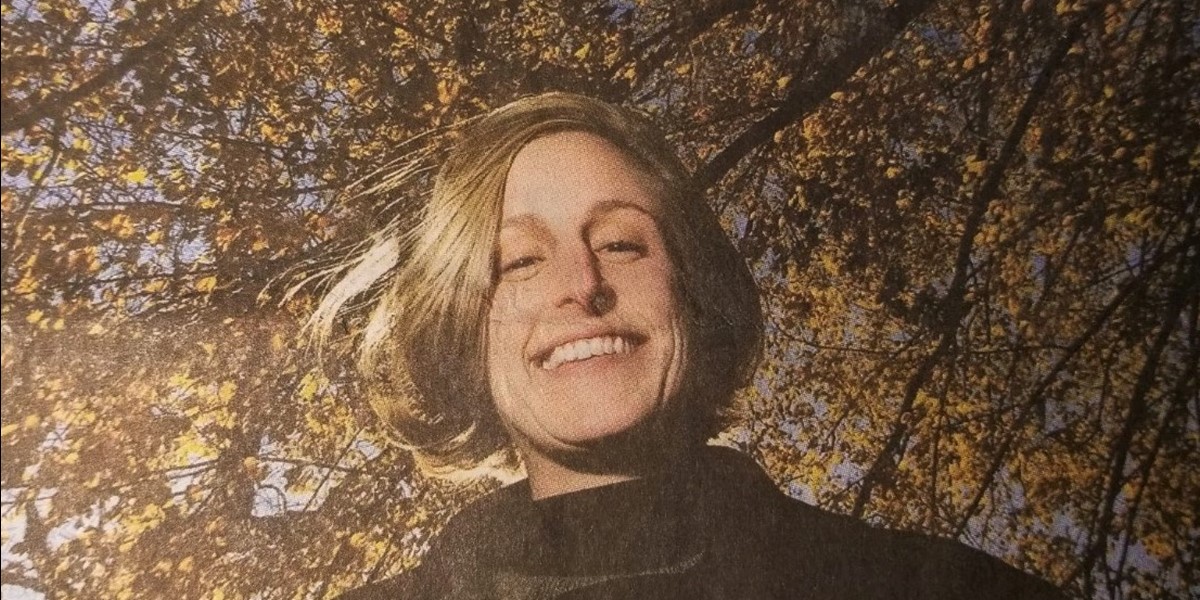
Offering Safe Arbor

Renee Burke-Brown's excitement for her job as Plano's urban forester is rooted in her passion for the environment. For three years, she has worked with neighbors and developers to determine which types of trees should be planted in the city. Photo by Jim Mahoney/Staff Photographer with The Dallas Morning News. .

Published December 12, 2002 By APRIL M. WASHINGTON
City's forester educates the community to keep trees healthy, thriving.
When Renee Burke-Brown became the city of Plano's urban forester three years ago, she never imagines she would become known as the Tree Lady.
"I've always appreciated the outdoors and nature," said the good-natured 32-year-old arborist, "but being nicknamed the Tree Lady is a new one on me."
As part of the city's park department, Ms. Burke-Brown has made it her mission to help residents foster a deeper appreciation for nature and its beauty.
It appears her efforts are paying off.
At a recent neighborhood discussion sponsored by City Hall, homeowners raved about Ms. Burke-Brown when asked what they liked best about the city. Several homeowners praised her work with are neighborhoods seeking to plant trees in medians and other common areas.
Park officials said Ms. Burke-Brown plays a critical role as the city's urban forester.
"The city established the position about five years ago. Before that those issues fell to whoever answered the phone," said Robin Reeves, Plano's chief park planner.
As the head of the city's urban forestry program, Ms. Burke-Brown works with developers, city planners and neighborhoods to determine the type of trees planted on public and private property and along roadways. She also helps neighborhoods evaluate the health of trees and develop action plans to manage greenbelts and pathways.
"Anything that deals with trees, she deals with it," Mr. Reeves said. "She's very knowledgeable. She genuinely cares about taking care of the city's trees. It's not just a job with her."
"We have to take care of what's here. ...A tree is a living structure that can be damaged." - Renee Burke-Brown, Plano's urban forester
After graduating from Plano East Senior High School, she attended Western Michigan University, where she indulged her lifelong passion and majored in environmental studies.
She worked for about five years as the city of Dallas chief arborist before joining Plano's parks department.
Ms. Burke-Brown has earned a reputation in her field as a tireless and well-respected preservationist and arborist.
"She has a veracious attitiude for preservation in doing the right things for trees and the environment," said Russell Peters, an arborist for a Wylie tree firm who has worked closely with Ms. Burke-Brown on volunteer projects throughout the region. "She's really a person of incredible ethics and high morals."
Ms. Burke-Brown's knowledge of trees is vast. But her decisions on what trees to plant throughout Plano come down to one simple rule.
"Anything that can withstand the North Texas region's extreme climate," she chuckled. That often includes a variety of oak trees, bald cypress, and cedar elms, among others.
The role she relishes the most is educating children and residents about the environment and the role residents can play in preserving it.
"Plano has relatively young trees because Plano used to be a prairie, and many of the trees were cleared by farmers. There are few older and majestic trees in our parks."
One of Ms. Burke-Brown's favorite topics is the city's oldest tree, a 239-year-old bur oak growing on a floodplain at Bob Woodruff Park. She hustled to the park on a recent crisp fall afternoon to cover the tree to protect it from an expected freeze. The bur oak was named the city's Bicentennial Tree in 1987 and was the centerpiece of last year's Arbor Day observance spearheaded by Ms. Burke-Brown and area volunteers.
"I just love this tree," she said with a school-girl gleam in her eyes. "It's 94 feet tall, 5 feet in diameter...It's a sight to be seen.
"We have to take care of what's here. Too often, people tend to see trees as a structure. They see them like they see buildings -- something that can't be damaged. A tree is a living structure that can be damaged. While you may not see the effect right away, the effects will show up long term if they're not properly cared for," she said.
Ms. Burke-Brown earned a reputation as a "tree hugger" early in life. Family and friends said she developed an affinity for the environment and nature growing up in Plano.
"She's always had a big place in her heart for the environment," said her husband, Michael Brown, whom she met in high school. "She's passionate about it." Don't even think about...carving your initials into a tree or leaning something against them. She's very aware of what's best for the trees."
